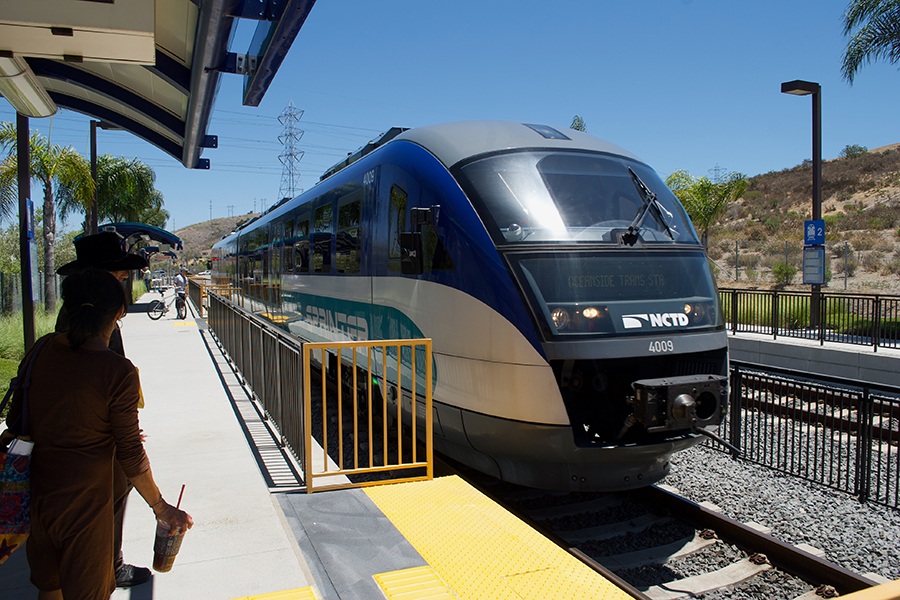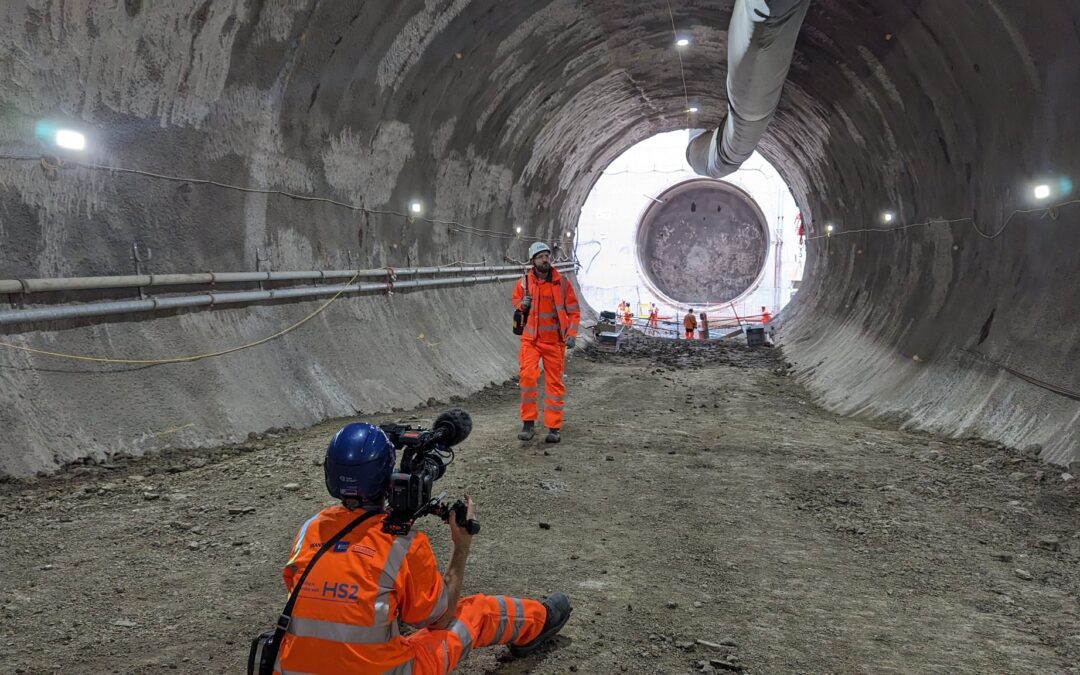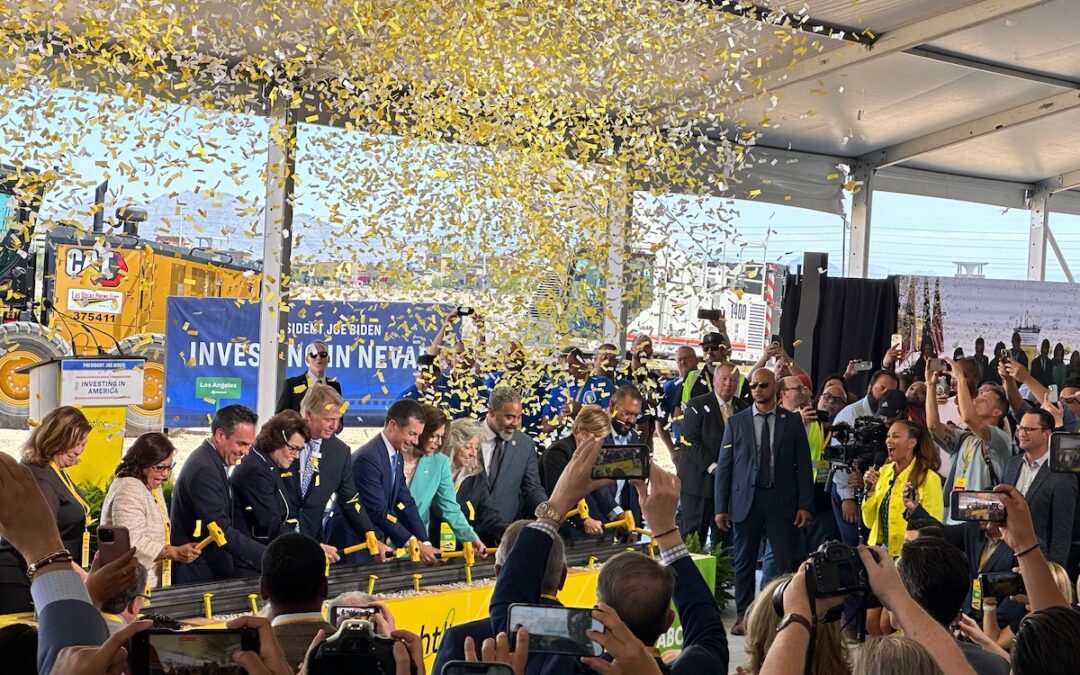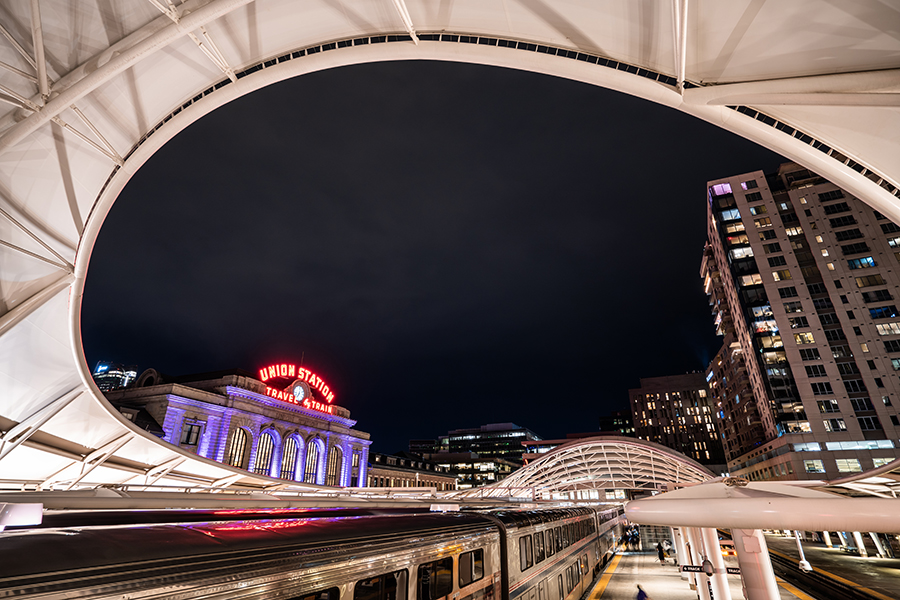10 steps need to be taken New York City’s Second Avenue subway extension opened in 2017. Five years earlier, Hamburg (German) completed an extension to the U4 line of its transit system. The projects were similar in many ways but radically different in one. Hamburg...
California has big plans. The state rail plan envisions high-speed trains running from Sacramento to San Diego, for example, and for new rolling stock to be zero emissions within a decade. Similarly, the climate plan created by the state’s Air Resources Board calls for slashing greenhouse gas emissions by at least 40 percent (from 1990 levels) by 2030. “This is a plan that aims to shatter the carbon status quo and take action to achieve a vision of California with a cleaner, more sustainable environment and thriving economy for our children,” it claims.
Unfortunately, big plans mean little without the leadership and funding to make them reality. Which is why California’s rail plans—along with all its sustainability, equity, and quality-of-life goals—are in jeopardy right now.
The core problem is that California’s big plans demand a level of commitment to trains and transit systems that the state’s leadership hasn’t yet demonstrated. That’s been true of the state’s high-speed rail project for many years. More about that shortly. But first, consider what’s going on with transit systems in the state.
In late May, Gov. Gavin Newsom released a budget proposal that would leave transit agencies with a shortfall of up to $8 billion over five years. State Sen. Scott Wiener noted in a statement that the approaching fiscal cliff would potentially force “massive and devastating” service cuts in the Bay Area, LA, and other cities.
California’s funding for public transit systems is middling, at best, despite the state’s reputation for forward-thinking. Large transit systems elsewhere get about twice the funding (as a share of operating budget) as those in California. Overall, the state’s contribution accounted for just 14 percent of transit funding in 2018.
This disconnect between the state’s paltry transit funding and its climate goals is striking. The transportation sector represents about 40 percent of California’s carbon emissions, after all. So, trains are a key tool for achieving emissions cuts. Light rail, for example, creates about a third of the emissions (per passenger mile) as a single-passenger car.
Even as California bets heavily on electrified autos to reach its climate goals, it neglects the electrified vehicles—trains—that not only slash emissions but build strong communities, reduce inequalities, and address the housing crisis.
And let’s be clear: These challenges are linked. As Sen. Wiener notes on his website: “For California to succeed, we need more housing, we need that housing to be near jobs and public transportation, and we need access to non-auto modes of transportation (transit, cycling, walking, etc.) that provide a viable alternative to driving.”
Why half-in is so costly
Which leads back to California’s high-speed rail project, now under construction in the Central Valley. Phase 1 will connect San Francisco to LA.
California’s leaders take the same half-in, grudging approach to it as they do with transit, treating it like a charity rather than a vital asset. Which means the project has never had secure, long-term funding and is always on the chopping block. As CEO Brian Kelly of the California High Speed Rail Authority (HSRA) wrote in a recent project update: “Every country around the world that has built high-speed rail has dedicated billions of dollars over several decades to see it through. We don’t have one penny of state support for this project identified after 2030.”
For transit systems, the half-in approach creates a death spiral: Service cuts make transit systems less accessible, which leads to declining ridership and revenues, which provokes more service cuts. And so on. A similar cycle afflicts the high-speed rail project. The lack of stable, long-term funding creates uncertainties, which create cost overruns and delays, which give more ammunition to critics who cast doubt on the project’s value. All of which makes it more difficult to secure funding and creates more delays and cost overruns.
So, the Assembly’s half-in approach is both dysfunctional and expensive. It adds to the cost of train systems—and slows the creation of alternatives to the destructive status quo.
A better world is possible
The truth is that, once Americans experience the transformative power of high-speed trains, they’ll demand something better than our car-centric model.
That’s why it’s urgent to get California’s high-speed trains running as soon as possible in the Central Valley, and to initiate the preliminary work for the most challenging phase of the project—tunneling through mountains southeast of the Bay Area and northeast of the LA Basin. Those tunnels will connect the Central Valley segment to San Francisco and LA—and ensure that a majority of the state’s residents benefit from easy access to high-speed trains.
The California High Speed Rail Authority recently applied for nearly $200 million in federal grants to begin design work on the tunnels. It’s promising that the Authority is moving forward to secure that money—but it’s also time for the governor and legislature to step up, and recognize that their half-in approach to transit and trains isn’t working. And never will.
In one important sense, transportation modes are all the same: their value multiplies as their availability and ease of use increases. Unfortunately, we’ve spent much of the last century hyper-focused on making cars easier to access and use. As Ray LaHood—a former Republican representative from Illinois, and the Secretary of Transportation in the Obama administration—pointed out recently, the federal government spent $2 trillion on highways and $777 billion on aviation infrastructure between 1947 and 2017. (It invested $10 billion in HSR planning and projects.) The enormous investments in highways persisted—and still persist—despite massive cost overruns, which Sen. William Proxmire (D-WI) once described as “so staggering that they numb the mind.”
The takeaway here is that car culture’s grip on America isn’t inevitable. It’s a choice—driven by federal policy choices, political lobbying, and inertia. But we can choose differently. And, for the sake of the future, we must.
It’s time for California to be the change. It’s time for the governor and Assembly to act on the truth that transit systems and passenger trains aren’t luxuries and that, to work well, they can’t be treated as afterthoughts. They’re the foundation for all the state’s big plans. Properly funded, they’re the most powerful tool available for translating California’s ambitious economic and sustainability goals into tangible, real-world results.
Read More:
New York Times – Gavin Newsom, Please Don’t Cut Public Transit Funds. That’s Short-Term Thinking.
CALMATTERS – A $5 billion ask for California public transit
Governing – High Stakes Budget Battle for California’s Public Transit
The Latest from HSRA
Our Latest Blog Posts
Check out the latest news, updates, and high speed rail insights from our blog!





